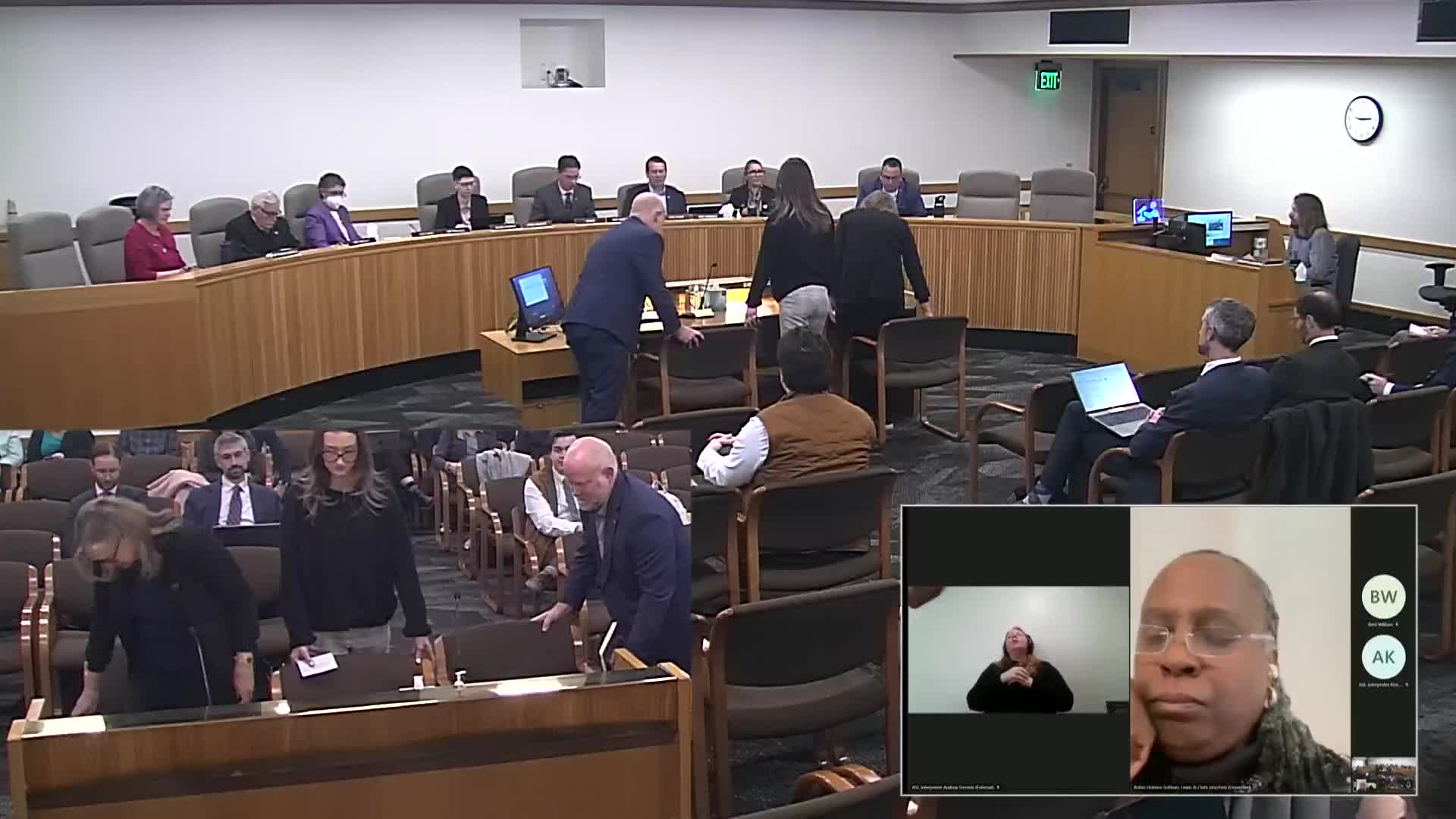Oregon's independent colleges boost economy and access with $100 million Opportunity Grant increase
January 23, 2025 | Higher Education, House of Representatives, Committees, Legislative, Oregon
This article was created by AI summarizing key points discussed. AI makes mistakes, so for full details and context, please refer to the video of the full meeting. Please report any errors so we can fix them. Report an error »

The House Committee on Higher Education and Workforce Development convened on January 23, 2025, to discuss the vital role of Oregon's independent nonprofit colleges and universities in the state's educational landscape. Dr. Robin Holmes Sullivan, president of Lewis and Clark College, represented the Oregon Alliance of Independent Colleges and Universities, emphasizing the significant contributions these institutions make to both education and the economy.
Dr. Sullivan began by expressing gratitude for the Oregon legislature's recent $100 million increase to the Oregon Opportunity Grant, which directly benefits students attending member colleges and universities. This funding, along with continued support for the Oregon Bridal Student Grant, has been transformative in expanding access to higher education for many Oregonians.
The Oregon Alliance, established in 1954, advocates for 11 independent nonprofit institutions, which include a diverse range of colleges and universities. These institutions collectively enroll approximately 23,000 students, with 47% being Oregon residents. Dr. Sullivan highlighted that 70% of these students are undergraduates, and the institutions offer over 260 areas of study aligned with the state's industry needs, particularly in high-demand fields such as healthcare, education, and technology.
In addition to educational offerings, Dr. Sullivan noted the economic impact of these institutions, which contribute over $3.5 billion annually to Oregon's economy and support thousands of jobs. The collaboration between independent colleges and local employers addresses workforce shortages and fosters innovation through research partnerships.
Dr. Sullivan also pointed out that graduates from these institutions enjoy a 12.5% average return on their college investment, with 66% remaining in Oregon after graduation, thereby enriching the state's workforce. The independent colleges are committed to talent development, ensuring that programs are responsive to the evolving needs of industries.
The meeting underscored the importance of providing flexible educational pathways for adult learners and nontraditional students, addressing the challenges of affordability through scholarships and financial aid. Dr. Sullivan concluded by highlighting the diversity of the student population, with a significant percentage being first-generation college students and students of color, and noted the high graduation rates and efficient degree completion times at these institutions.
Overall, the discussions reinforced the critical role of Oregon's independent nonprofit colleges and universities in shaping the state's educational and economic future, with a focus on accessibility, workforce readiness, and community engagement.
Dr. Sullivan began by expressing gratitude for the Oregon legislature's recent $100 million increase to the Oregon Opportunity Grant, which directly benefits students attending member colleges and universities. This funding, along with continued support for the Oregon Bridal Student Grant, has been transformative in expanding access to higher education for many Oregonians.
The Oregon Alliance, established in 1954, advocates for 11 independent nonprofit institutions, which include a diverse range of colleges and universities. These institutions collectively enroll approximately 23,000 students, with 47% being Oregon residents. Dr. Sullivan highlighted that 70% of these students are undergraduates, and the institutions offer over 260 areas of study aligned with the state's industry needs, particularly in high-demand fields such as healthcare, education, and technology.
In addition to educational offerings, Dr. Sullivan noted the economic impact of these institutions, which contribute over $3.5 billion annually to Oregon's economy and support thousands of jobs. The collaboration between independent colleges and local employers addresses workforce shortages and fosters innovation through research partnerships.
Dr. Sullivan also pointed out that graduates from these institutions enjoy a 12.5% average return on their college investment, with 66% remaining in Oregon after graduation, thereby enriching the state's workforce. The independent colleges are committed to talent development, ensuring that programs are responsive to the evolving needs of industries.
The meeting underscored the importance of providing flexible educational pathways for adult learners and nontraditional students, addressing the challenges of affordability through scholarships and financial aid. Dr. Sullivan concluded by highlighting the diversity of the student population, with a significant percentage being first-generation college students and students of color, and noted the high graduation rates and efficient degree completion times at these institutions.
Overall, the discussions reinforced the critical role of Oregon's independent nonprofit colleges and universities in shaping the state's educational and economic future, with a focus on accessibility, workforce readiness, and community engagement.
View full meeting
This article is based on a recent meeting—watch the full video and explore the complete transcript for deeper insights into the discussion.
View full meeting
